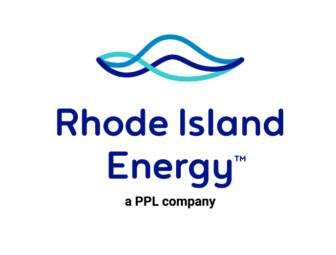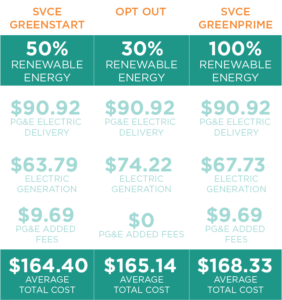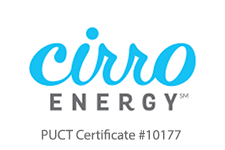Printable and adaptable solar cells could reform the photovoltaic solar power age by utilizing semiconducting inks printed onto adaptable stretchable slim plastic or steel, which won’t just decrease the cost of solar cells yet additionally open up a horde of new establishment choices- Energy Plans in Houston .
These incredibly lightweight natural solar cells can be overlaid onto building walls or some other unpredictable surfaces presented to daylight as well as be incorporated into construction materials straightforwardly. Solar cells comprised of plastic polymers are additionally considered to perform better in low-light conditions.
The ultra-minimal expense of printable solar cell innovation is complemented with a scope of other related advancements, currently in the research stage, to further develop the power result of printable photovoltaic cells. For example, color-sharpened solar cell (DSC) innovation and the utilization of color-coated plastic can retain light coming from various points – hold the commitment to raising the economy and effectiveness of photovoltaic solar power age to a higher level.
Paper slight solar cells can be delivered with inkjet imprinting on a piece of paper. This will permit solar cells to be a lot less expensive and be set anyplace.

It might in any case appear to be fantastical to envision our homes powered by solar cells in drapes, blinds, and windows. However, a few researchers say it will ultimately be feasible to print photovoltaic components on a gigantic scope of surfaces and materials – making modest, printable solar cells instead of more costly silicon boards.
Printable solar cells offer energizing potential for producing power all the more deftly and at a lower cost, any place the sun sparkles. In the customary silicon solar PV we see on individuals’ roofs, the most costly component is the silicon material that holds the photovoltaic components. Silicon is bountiful and non-harmful, however, it is costly to process into wafers for customary housetop solar PV boards.
New advancements could permit solar energy to be efficiently and handily converted into power anyplace, including on walls, windows, roller blinds, conceal umbrellas, and even tents.
Utilizing your tent to gather power on outings to the ocean side or setting up the camp end of the week could truly impel glamping (breathtaking setting up camp) to a higher level, with free nearby power powering life’s little extravagances!
Towards commercially practical printed solar cells
Currently, printed solar cells have a life expectancy of just a half year and just arrived at around 10% effectiveness, while customary silicon solar PV cells are nearer to 25% productive. So specialists are attempting to build their proficiency, climate obstruction, and life expectancy to arrive at commercial suitability.
A group of 50 scientific experts, physicists, and designers – cooperating starting around 2007 – had the desire to see printed solar boards utilized in low-power applications in the following couple of years.
The ink is an insignificant cost, so the unrefined components are exceptionally cost-successful. This is a major step in the right direction since you can put these cells anyplace you can imagine.
How are printable solar cells made?
Right now, printable solar cells are made by printing a uniquely evolved ‘solar ink’ onto plastic films, like how plastic-certified receipts are printed.
Anything that the technique or the materials utilized, the solar standards continue as before:
Incoming photons free electrons and send them dissipating through the solar cell’s material before being diverted into an electrical circuit.
The proficiency of the solar cell depends both on how well the material catches the light to liberate these electrons, as well as how easily the electrons travel through the material.





